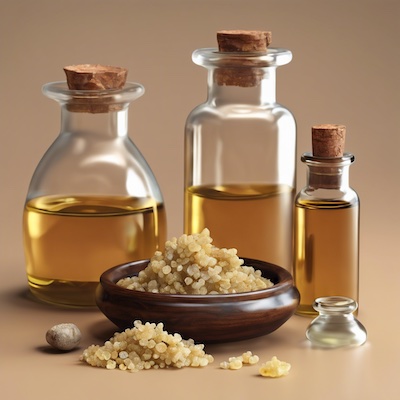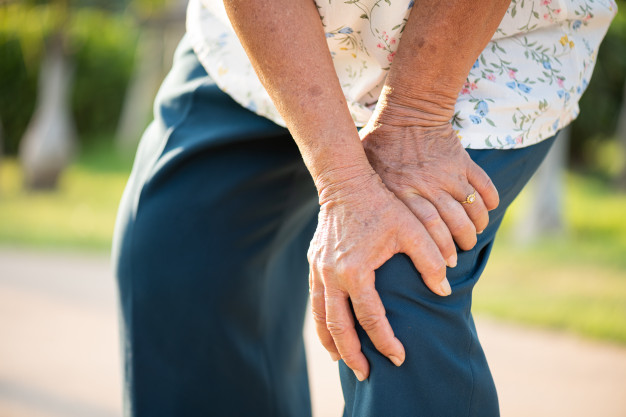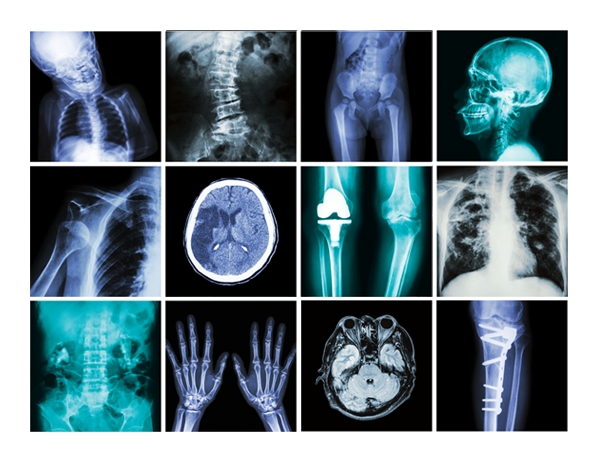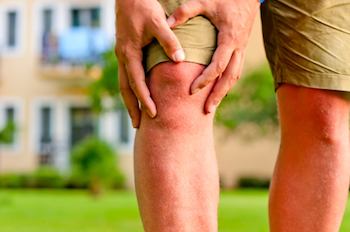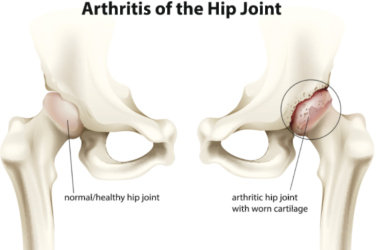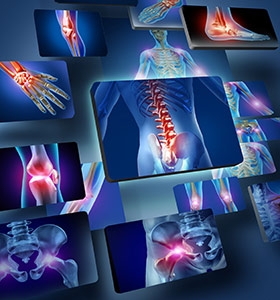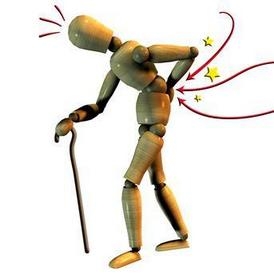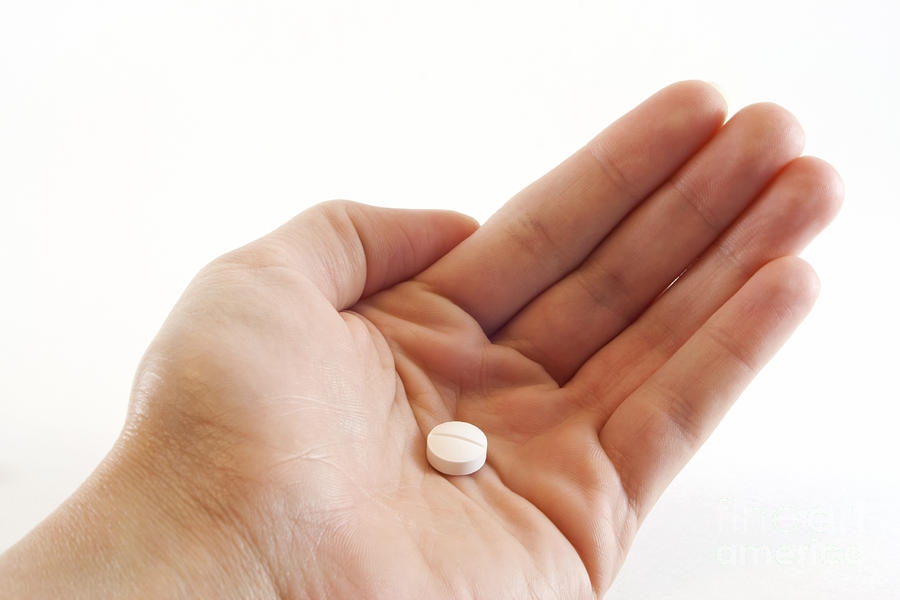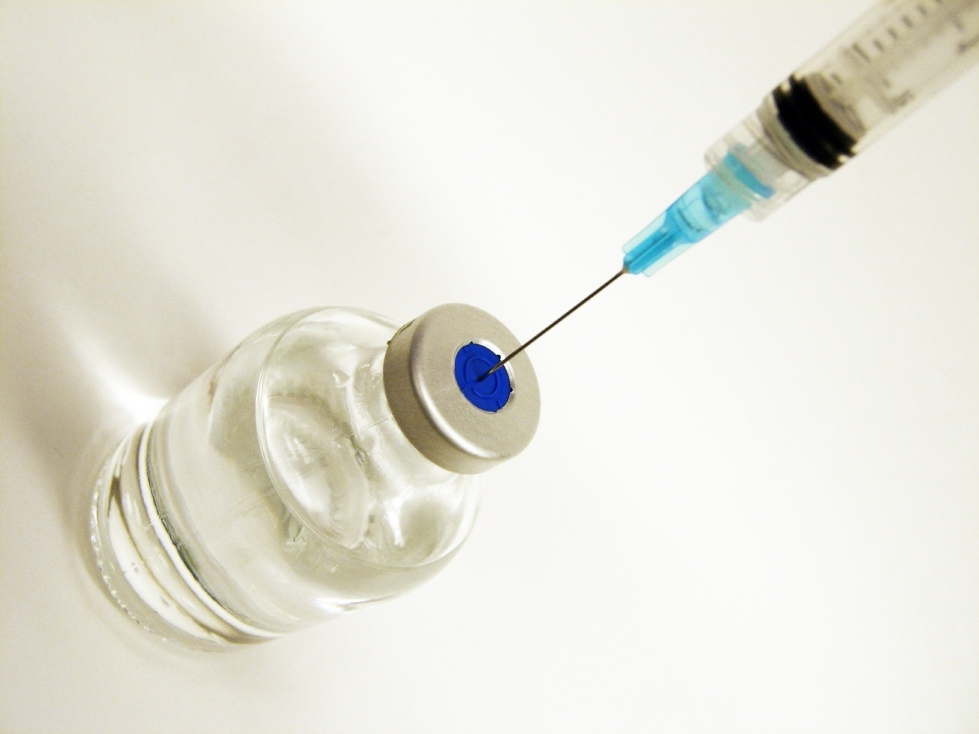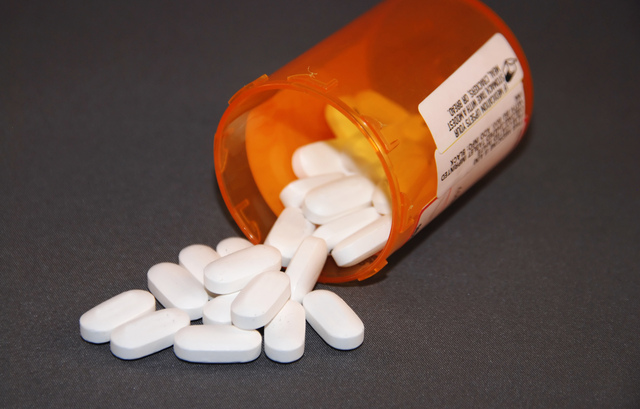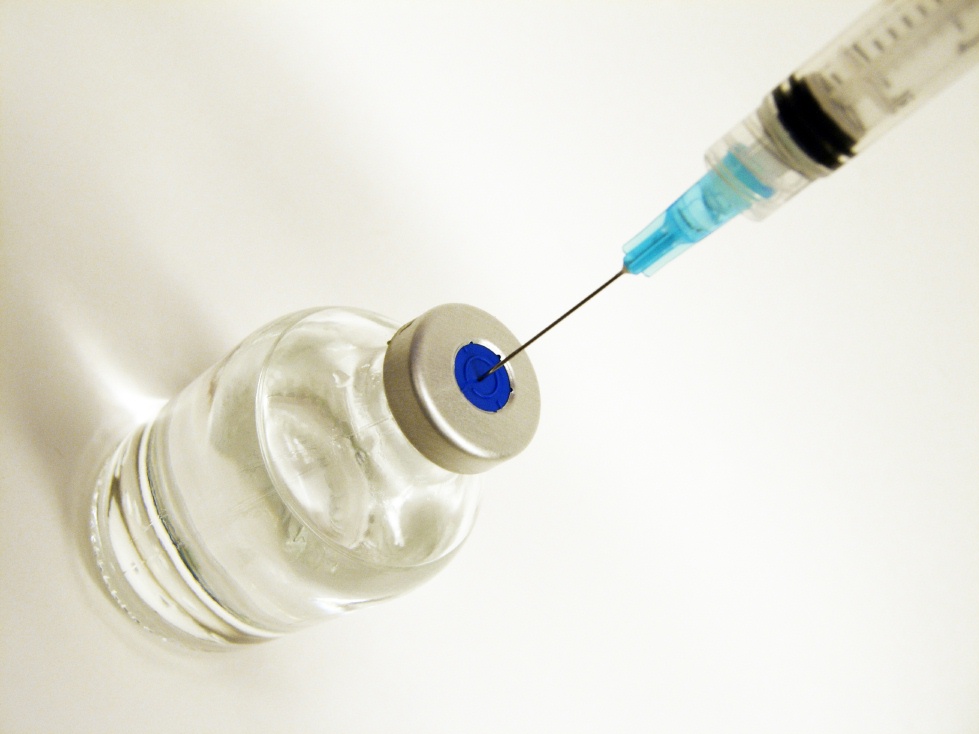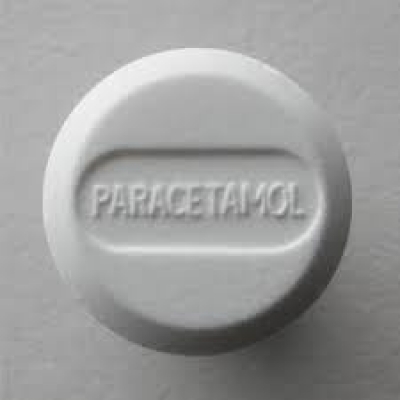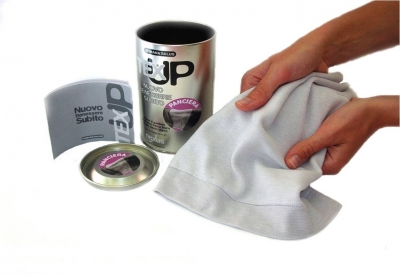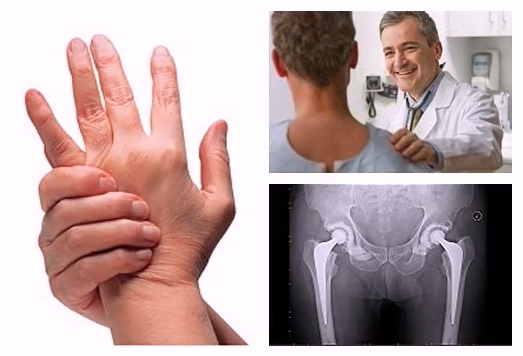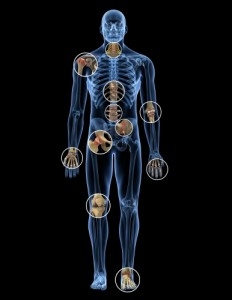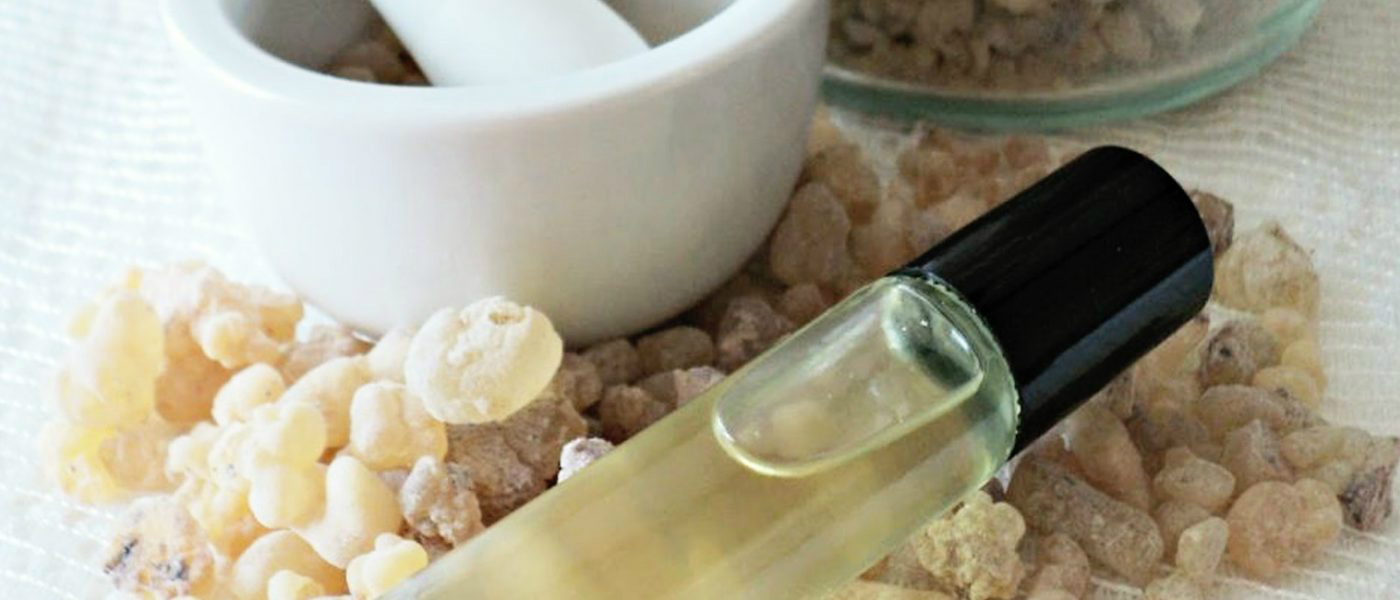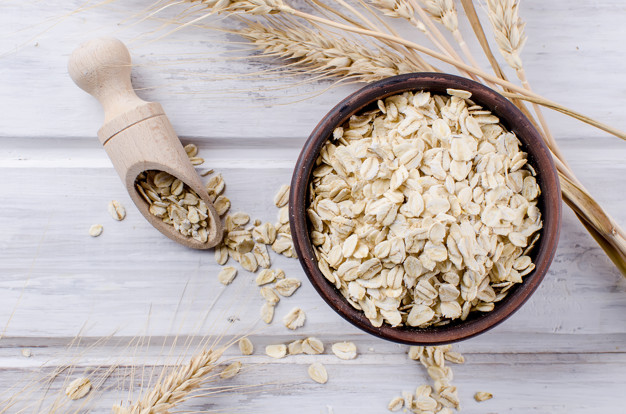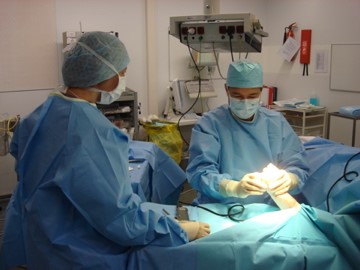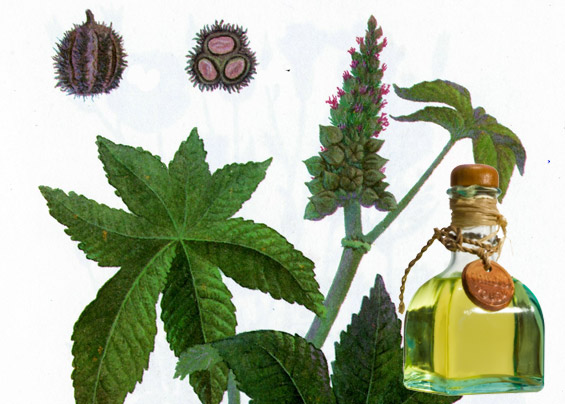People with the autoimmune disease psoriatic arthritis usually also have the skin condition psoriasis—but not always. Experts in the field of psoriatic arthritis have long faced a chicken-and-egg question: Can you have psoriatic arthritis without having psoriasis first? Some say yes. Some say no. Others say yes and no.
"There is a lot of debate going on," says Ted Mikuls, MD, professor of internal medicine in the division of rheumatology at the University of Nebraska Medical Center in Omaha.
Like psoriatic arthritis, psoriasis is an autoimmune disease, meaning the immune system attacks a part of the body. With psoriasis, the immune system attacks the skin (leading to telltale raised red or silvery patches), while psoriatic arthritis attacks the joints (causing stiffness, pain, and swelling). About 80-85%of people who develop psoriatic arthritis have psoriasis first, according to the National Psoriasis Foundation. For the remaining 15-20%, arthritis precedes the skin condition.
"It is much, much more common to have the psoriasis first," says Marcy O’Koon Moss, senior director for consumer health at the Arthritis Foundation in Atlanta.
But the question remains: If a patient first experiences joint symptoms of psoriatic arthritis, does that mean they don't have psoriasis—or just that their psoriasis hasn’t been detected yet?
Certainly it is at least partly a detection issue, says Dr. Mikuls. Existing psoriasis might be largely invisible, such as hiding in your belly button or behind your ears. "Skin psoriasis can be very, very subtle and appear in places we don’t look at closely," he says.
But you also can’t rule out the possibility that psoriatic arthritis can occur without psoriasis, he adds. You don’t need to have been diagnosed with skin psoriasis to receive a diagnosis of psoriatic arthritis. Doctors can make a diagnosis based on a family history or personal history (such as if you had psoriasis but it’s cleared up), says O’Koon Moss.It can also go the other way: A 2015 study found that 10-15% of people with psoriasis had psoriatic arthritis that simply had not been detected.
Another thing to consider is that people who have both psoriasis and psoriatic arthritis don’t necessarily have the same degree of symptoms; their psoriasis can be mild while their arthritis is bad, or vice versa. "There can be a real disconnect between the severity of your skin involvement and your arthritis," says Dr. Mikuls.
Clearly, more research is needed on this topic to be able to fully understand whether or not you can have psoriatic arthritis without any psoriasis. But Dr. Mikuls stresses the importance of speaking to your doctor if you're experiencing symptoms of either condition, since getting a correct diagnosis is critical for your treatment. A few years ago, he explains, a 100%-accurate diagnosis of psoriatic arthritis may not have mattered quite so much. Today, though, it's very important."In the past, we would have said treatments [for different types of arthritis] overlap," he explains. "But more and more we’re learning that [treatments] really are uniquely different in many ways."
Take DMARDs (disease modifying antirheumatic drugs), for example.Dr. Mikuls explains that they were an earlier psoriatic arthritis treatment that might also work for other forms of arthritis. But newer psoriatic arthritis treatments, like biologics, may work for psoriatic arthritis but not other forms of arthritis, such as rheumatoid arthritis.
And not all cases of psoriatic arthritis are the same, nor do all treatments work the same way for everyone. "The lesson learned in rheumatology is that patients don’t always present the same way," says Dr. Mikuls.
Source: health.com


